What is the difference between wood screw, screw, bolt and other fasteners?

A wide variety of fastening hardware is used in the industrial and domestic sectors. They are used to connect individual parts to each other, which makes it possible to assemble structures of various sizes. The number of fastening hardware includes nails, screws, bolts, screws. These fasteners differ from each other in appearance, structure and application.
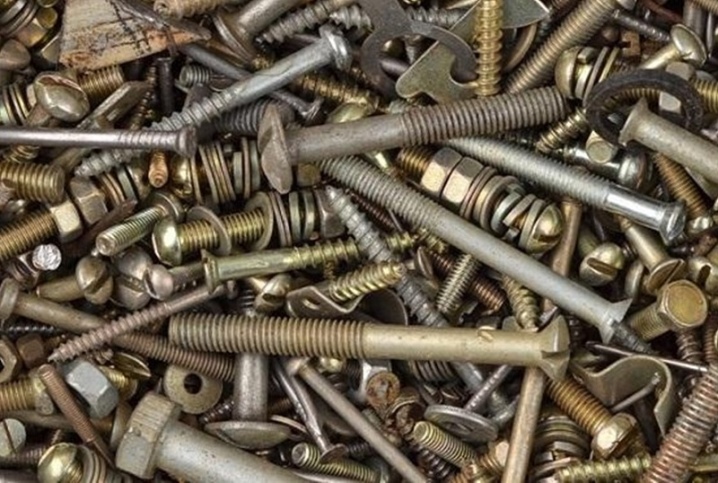
Definition of concepts
Hardware of various shapes and sizes are metal fasteners that are used to perform repairs, in construction, in the industrial and domestic spheres. In the construction industry, metal elements are used, which are conventionally combined into a group of fastening hardware. It includes the following products:
- nails;
- self-tapping screws;
- dowel-nails;
- anchor bolts;
- bolts;
- screws;
- screws;
- nuts;
- washers;
- hairpins.
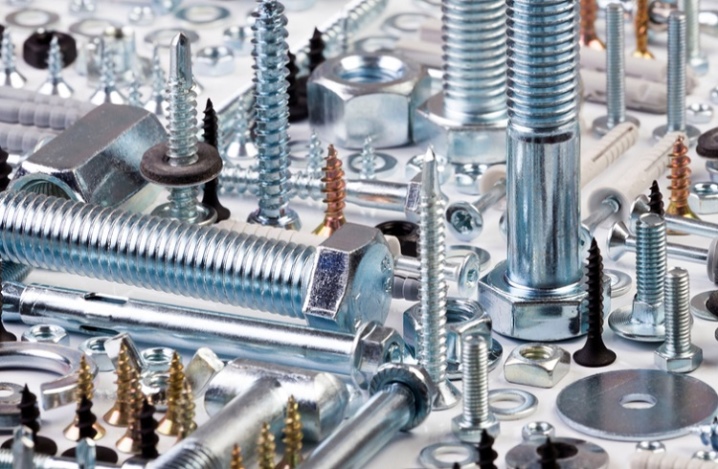
Each type of fastening hardware has a metric standard established by GOST, which is used by manufacturers of these products in their manufacture. Metric hardware has its own description.
- Nail outwardly looks like a metal rod with a flat head at one end and a pointed other end. Nails are used to join parts made of wood or other soft material. Hardware can be of different diameters and lengths, the surface of the working rod at the nail can be smooth or have a screw thread. And also there are nails with stepped notches. Such configurations of hardware allow you to make reliable connections used in the assembly of furniture, the construction of wooden structures, for the installation of finishing materials.
A grooved or twisted nail shank enhances the strength of the joint made with it and allows the load on the fastener to be increased.
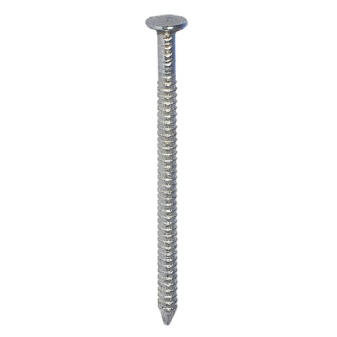
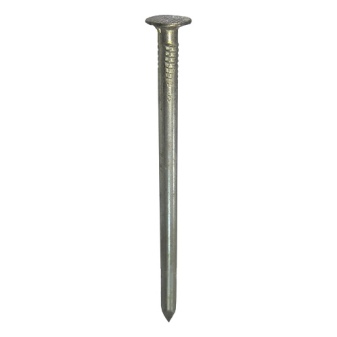
- Self-tapping screw - a metal device that can be screwed into soft materials such as wood, plastic, metal profile. The working part of the self-tapping screw looks like a thin metal rod with a metric thread applied to it. The head of the hardware has a recess that fits a slotted screwdriver.
The end part of the self-tapping screw has a slight sharpening, which facilitates the screwing process without preliminary preparation of the bore hole by drilling.
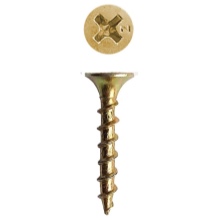
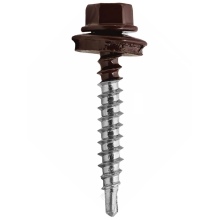
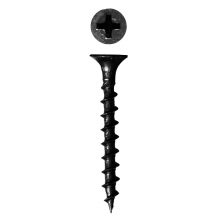
- Dowel nail is a variation of a nail, which is designed to drive it with a certain effort into a hard surface of concrete, metal, brickwork. The dowel-nail consists of 2 elements: the nail itself and the dowel made of plastic. To fix the dowel-nail in the working surface, it is necessary to perform preliminary drilling, in which the dowel is first installed, and then the nail is hammered or screwed in. There is a thread on the working rod of the nail, the head of the hardware is flat, and the tip has a conical shape.
After the nail enters the dowel cavity, the walls of the latter diverge to the sides, providing a reliable spacer fastening.
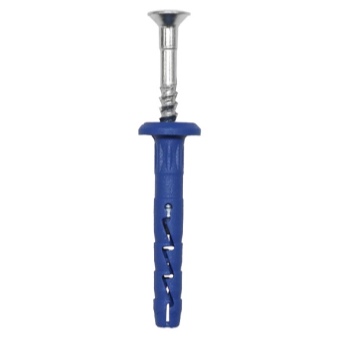
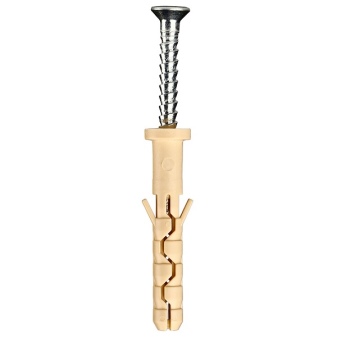
- anchor bolt in terms of its design, it is similar to a dowel-nail, since it includes a plastic dowel and a threaded bolt. In the process of screwing in the anchor bolt, the walls of the dowel in the previously prepared hole expand, creating a reliable fastening. Anchor fasteners have increased strength, with their help, you can fasten heavy and large objects to the surface.
The peculiarity of such a fastener is that it is difficult to dismantle it if necessary, and reuse is also not provided.
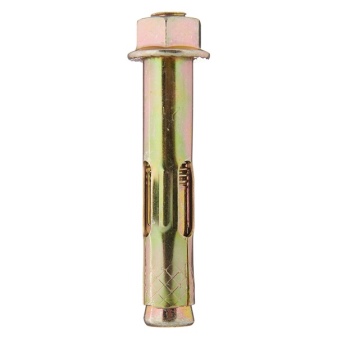
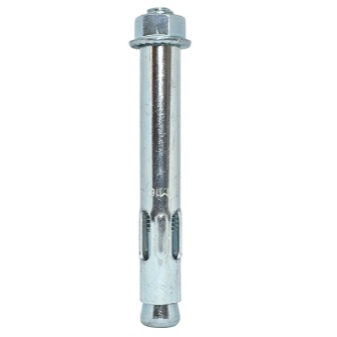
- Bolt Is a fastening hardware with a rolled metric thread. Its dimensions may vary, and its purpose is that detachable parts are connected with the help of this fastener. To fix the bolt, you will need to use a wrench, since the head of this hardware has the shape of a hexagon.
The bolt can be reused as the connection made with it can be disassembled if desired.

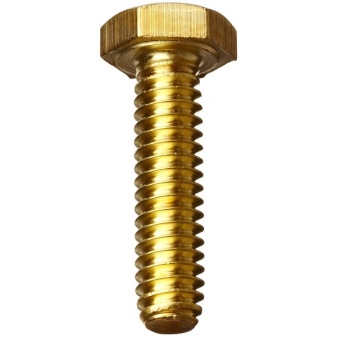
- Screw - hardware, with the help of which 2 parts are connected together. Externally, the screw is a rod on which there is a thread, and at the end there is a head with a slot for a screwdriver. The screw connection is collapsible, the hardware can be used repeatedly until the edges for the screwdriver located on its head are completely worn out.
Screws are widely used in mechanical engineering and in the manufacture of devices and equipment.
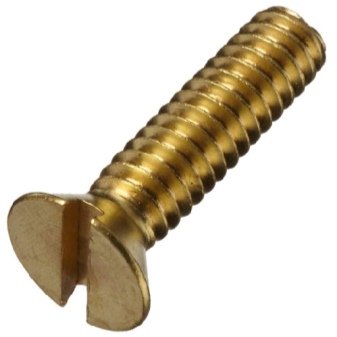
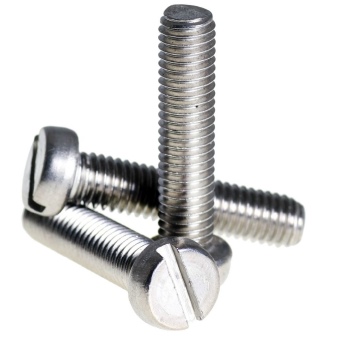
- Wood screws in appearance they are similar to self-tapping screws, but the distinguishing feature is that the screw is screwed into a previously prepared hole. The thread for all screws is made by the knurling method, it does not have special strength, therefore this type of fastener is used to work with soft materials: plastic, wood, metal blanks with prepared holes.
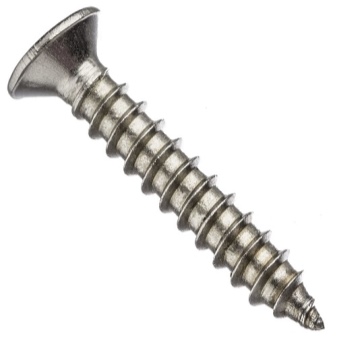
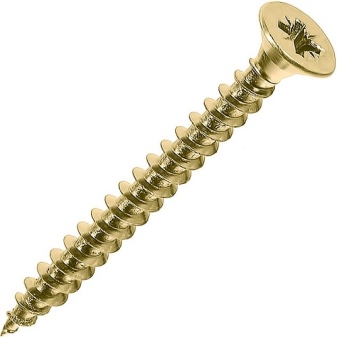
- screw has the form of a hex washer with a thread in the area of the central hole. These hardware are used to strengthen connections made with studs, screws or bolts. To tighten the nut, you will need to use a special tool: a wrench. In appearance, the nut can be flat, elongated, semicircular, in the form of a cylinder. With the help of the thread, the nuts, screwing onto bolts or screws, form strong fastening structures with them, which, if necessary, can be unscrewed, and the hardware can be reused.

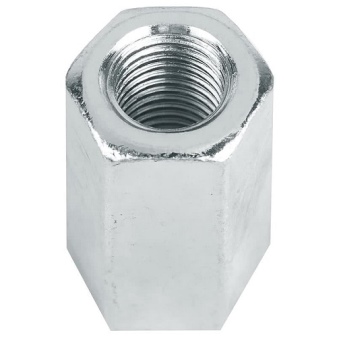
- Washer looks like a flat ring made of alloy steel. This hardware is used in order to install it to the head of a bolt or screw, thereby increasing their contact support area. This type of fastener is used when fasteners are made on soft materials, such as wood. In addition, the washer will help with fastening if the hole is larger than the bolt head diameter. In this case, the washer will prevent the head from falling into the hole.

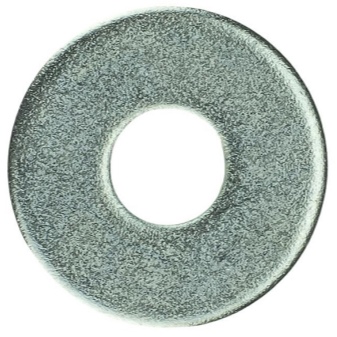
- Hairpin in appearance it looks like a cylindrical rod, at both ends of which there is a thread. The hairpin is screwed into the hole of the connecting part so that both ends are accessible for screwing nuts of the corresponding diameter on them. The length of the studs can be different.
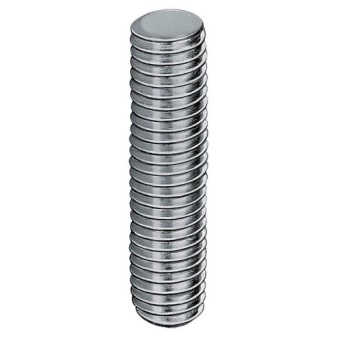

The word "hardware" covers any kind of metal elements, which include not only fasteners.
What is the difference between a bolt, screw and nut?
Unlike a bolt, a screw, although it looks like it, has a round head and a special recess for a screwdriver. At the bolt, the head looks like a hexagon, and there is no recess on it, since this hardware is fastened with a wrench. During the fastening process, the screw is screwed into the material and fixed in it by means of its thread. While fastening the bolt requires the use of a nut, it is this nut that is the lock of the fastening bolted connection.
Most often, screw fastening is used where there is no access from the back side of the parts to be connected to tighten the nut. For example, it can be any household or industrial mechanism, as well as a structure in the form of a lid. For conventional connections, a steel screw is used, but if work is carried out on electrical equipment, then the screws in this case are used from brass, bronze or copper.
These materials not only provide a reliable connection, but also have the property of an electric current conductor.
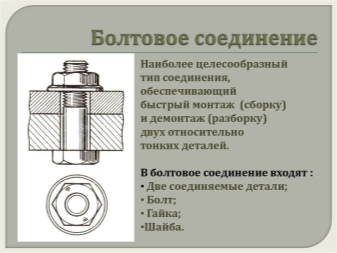
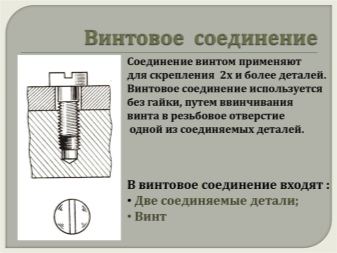
How is a self-tapping screw different from a screw?
Unlike a screw, a self-tapping screw has the ability to cut a thread in the material while screwing in. Compared to a screw, a self-tapping screw has a thin rod, on which the thread has an increased height indicator, if we compare 2 hardware of the same diameter: a screw and a self-tapping screw.
Manufacturers for the manufacture of self-tapping screws use a stronger grade of steel, since this hardware is screwed into the workpiece material without preliminary preparation of the bore hole. As for the screw, it is not possible to screw it in without a ready-made hole, and the hardware itself has low strength: under the influence of the applied force, it can break off. In addition, for the convenience of screwing in, the self-tapping screw has a pointed end, which none of the screws has.
Both of these hardware are a type of screw, they have small differences, but the essence of the application is the same - to make a reliable fastener connection.
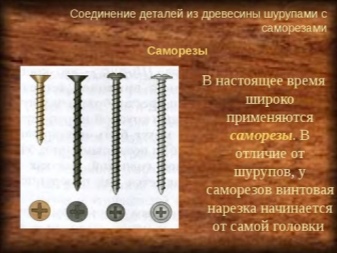
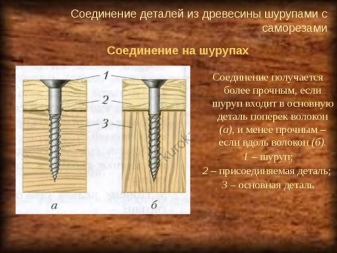
You can find out how to properly screw the self-tapping screw into the metal from the video below.













The comment was sent successfully.